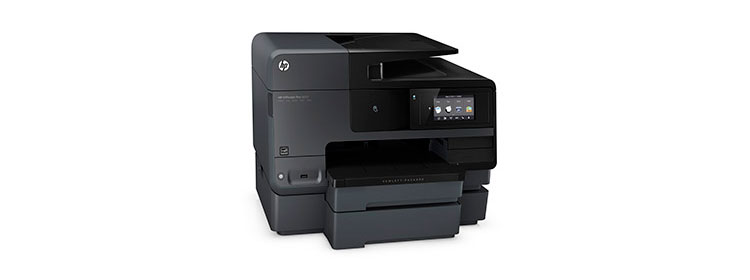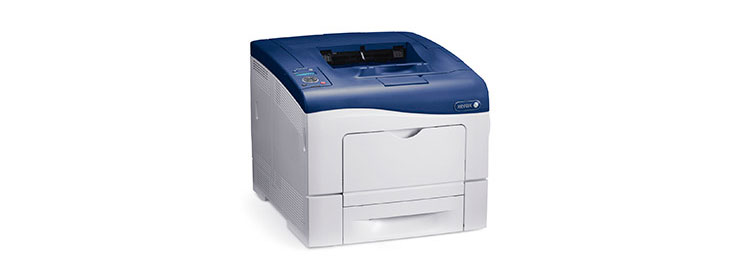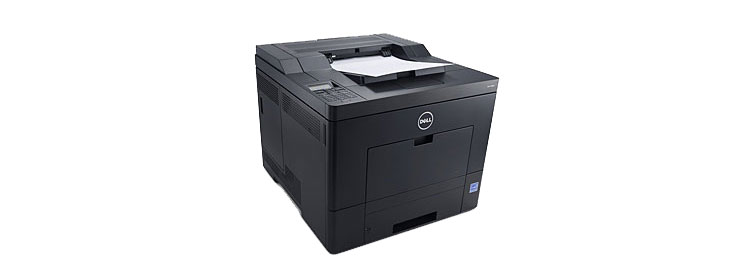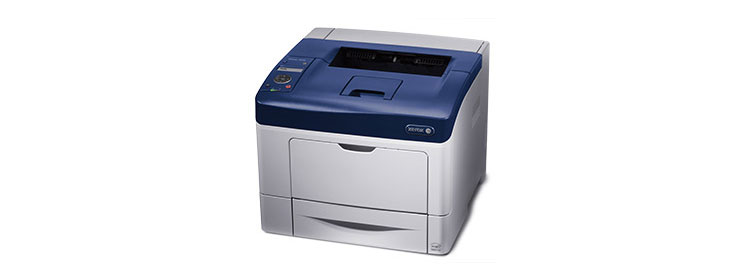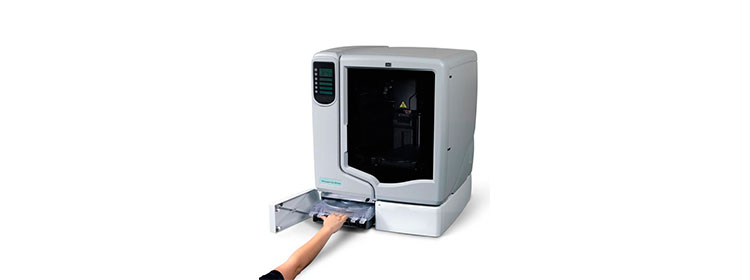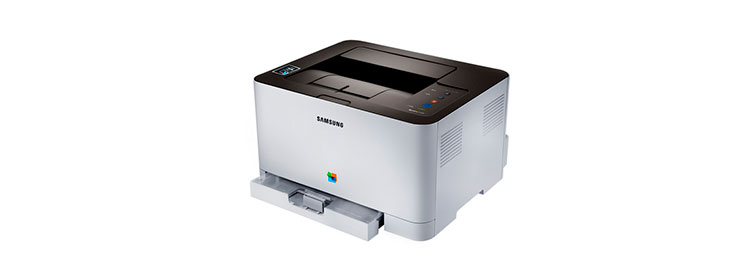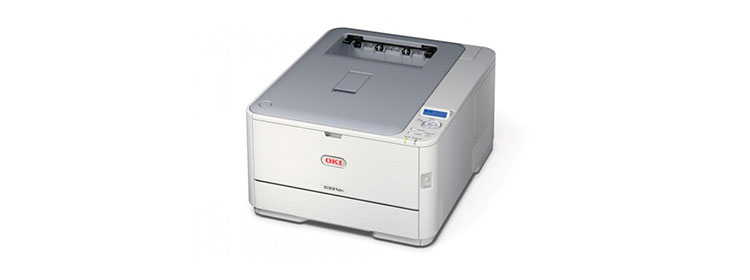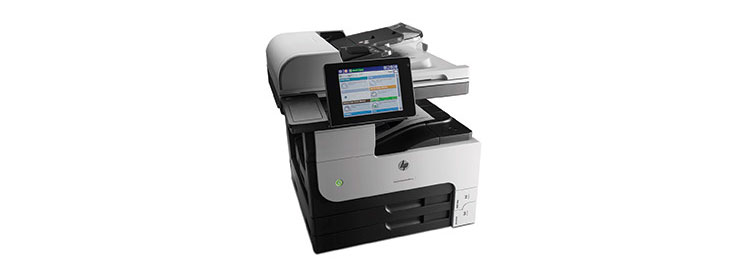With its 500-sheet paper capacity, the HP Officejet Pro 8630 e-All-in-One ($399.99) is clearly aimed at micro and small offices or workgroups with unusually heavy-duty print needs. More expensive than some laser multifunction printers (MFPs), including the HP Color LaserJet Pro MFP M177fwBest Price at Amazon, this inkjet MFP is meant to go toe-to-toe with low-end laser MFPs and come out on top. This very capable machine can be a great fit in a small office that can take advantage of the high paper capacity.
The 8630 offers almost any feature you can think of for an MFP. Its core functions include the ability to print and fax from, as well as scan to, a PC, including over a network, and also work as a standalone copier, fax machine, and email sender. In addition, it can scan to, and print from, a USB memory key, and it supports mobile printing as well.
If you connect it directly to a network by Wi-Fi or Ethernet, you can print to it via a Wi-Fi access point on your network using AirPrint with iOS devices or HP’s free print apps with iOS, Android, and BlackBerry devices. Assuming the network is connected to the Internet, you can also print through the cloud and take advantage of HP’s Web apps. Even if you don’t connect it to a network, you can use the printer’s Wireless Direct—HP’s proprietary equivalent to Wi-Fi Direct—to connect directly with, and print from, a smartphone or tablet.
The MFP also lets you print using near-field communication (NFC), but the support is more limited than you might expect. The NFC Touch-to-Print feature in the 8630 is a new standard. According to HP, the only mobile device it will work with at this writing is the HP ElitePad 900$468.99 at Amazon. If you don’t happen to have one, the printer’s NFC support is useless.
The good news is that NFC Touch-to-Print is defined as part of the new standard from the Mopria Alliance, a group that includes HP, Canon, Samsung, Epson, and Xerox, among others. The feature should become more useful over time, as more mobile devices come out that support the standard.
Paper Handling
The 8630 earns lots of points for paper handling, starting with its 500-sheet capacity, divided into two 250-sheet paper trays. If also offers a built-in print duplexer (for printing on both sides of a page) and, for scanning, both a legal-size flatbed and a 50-page automatic document feeder (ADF) that can duplex as well.
Being able to both print and scan in duplex lets you copy from both single- and double-sided originals to your choice of single- or double-sided copies. You can also scan, fax, or email both simplex and duplex documents. Even better, the 4.3-inch front-panel color display offers a particularly well-designed menu to make it easy to find and change settings.
Not surprisingly, given the legal-size flatbed and the 500-sheet paper capacity, the 8630 is bigger and heavier than most inkjet MFPs, measuring 15.7 by 19.7 by 18.5 inches (HWD) and weighing 35 pounds. It’s also a little too big to share a desk with comfortably. Assuming you have room for it, however, setup is pretty straightforward.
Speed and Output Quality
For my tests, I connected the printer using its Ethernet port and installed the drivers on a Windows Vista system. On our business applications suite, I clocked it (using QualityLogic’s hardware and software for timing) at an impressive 5.9 pages per minute (ppm).
That makes the 8630 a lot faster than some low-cost color laser MFPs. The HP M177FW, for example, managed only 2.9 ppm. On the other hand, it’s not unusually fast for a business-oriented inkjet. The Editors’ Choice HP Officejet Pro 276dw MFP$282.00 at Amazon in particular tied the 8630 at 5.9 ppm. Both inkjet MFPs also did well for photo speed, at 48 seconds for the 8630 and 50 seconds for the HP 276dw.
Output quality is best described as easily good enough for business use, but not impressive. Text quality falls in the middle of the range that includes the vast majority of inkjets, making it good enough for most business use, unless you have an unusual need for small fonts.
Graphics quality is similarly good enough for most business use, but at the low end of the tight range where most inkjets fall. Unless you’re a perfectionist, the quality is good enough for PowerPoint handouts and the like. Photos in my tests were standard for an inkjet, making them easily a match for drugstore prints.
If you need better output quality, you’ll want to take a look at the HP Officejet Pro 276dw MFP. It not only offers better looking output, particularly for text, but it matches the HP Officejet Pro 8630 e-All-in-One’s speed and its support for the PCL printing language, while also adding Postscript, which is essential in some offices. That said, if you don’t need the extras that make the HP 276dw our Editors’ Choice, and your print needs are heavy-duty enough to make good use of a 500-sheet paper capacity, the HP Officejet Pro 8630 e-All-in-One can be an excellent fit, and may be the better MFP for your needs.

